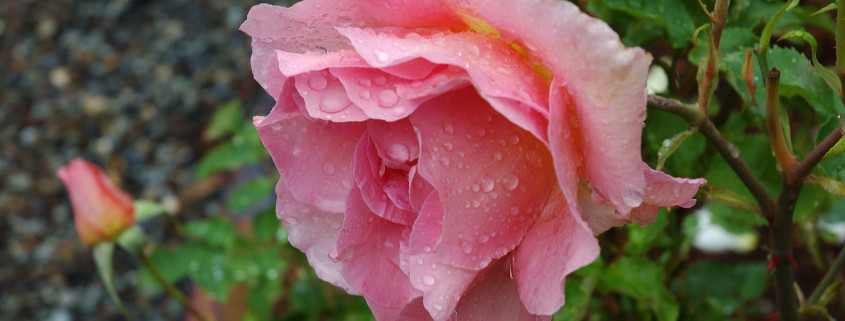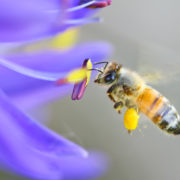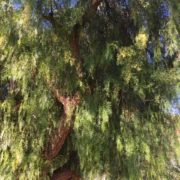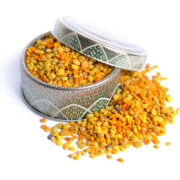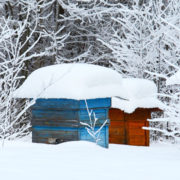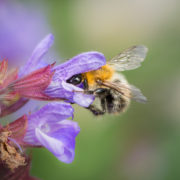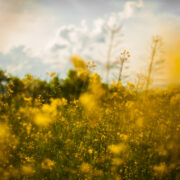El Niño
After four years of drought and a general lack of rain, things are finally getting wet around Wildflower Meadows!
The first week of 2016 alone brought over three inches of rain to our queen rearing apiaries, giving the parched ground a nice soaking. The spring rains of El Niño, assuming they continue, should provide a noticeable difference to the bees’ well-being later in the season.
Early season rains offer a welcome boost to the plants and crops that the bees rely on later for food. In past drought years, even though honey-producing plants bloomed as usual, the flowers were often dry. Our bees would visit their favorite flowers and would come home empty. The plants, stressed by drought, were holding back the little water they had, and not giving up any surplus moisture to their flowers and the bees.
As a result, most California beekeepers, including Wildflower Meadows, were forced to feed their bees much more than normal over the past several years to make up for this ongoing deficit. Hopefully, with higher ground saturation in 2016, the plants will have more moisture to spare. Once the plants begin to flower, honey production should improve, and nectar should be more plentiful.
In the near term, however, the heavier rains mean less foraging time for the bees. Bees are not at all interested in flying in the rain. The steady rains and blustery weather force all but the bravest bees to stay inside their hives until the weather clears. With less foraging time, bee colonies often need additional feeding while the rains keep them confined in their hives.
It’s too bad that we beekeepers can’t stay inside during the rain too! For better or worse, our beekeepers have to head out and brave the rain to feed bees, move hives, gear up for queen rearing and so on. So far, we haven’t gotten any of our trucks stuck in the mud, but it’s probably only a matter of time . . .

